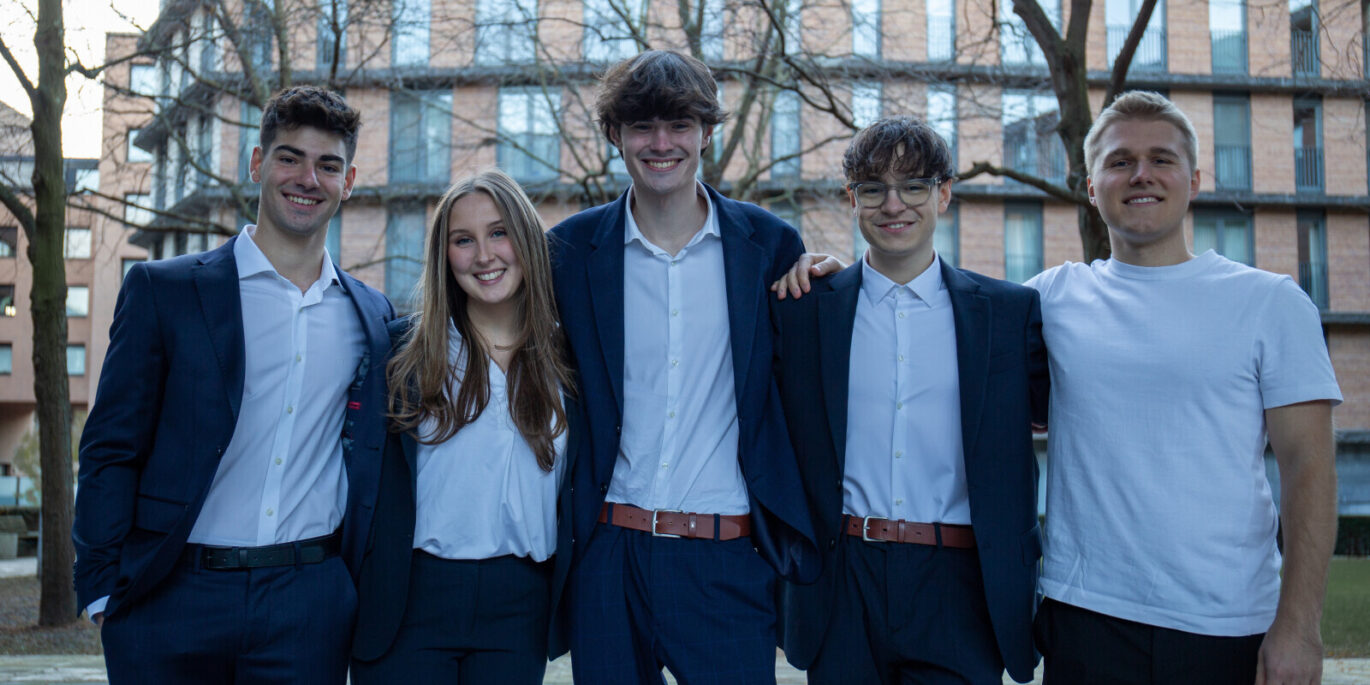Students do not have much time.
They are working, filling their CVs, cramming their days with study, and otherwise going through the daily grinding commitments that we all have.
For some students university will be the busiest time of their life – and for others their very busy lives have another bit of busyness bolted on to it.
The model of the students’ union as we know it today fundamentally assumes two things. The first is that students have time that is not contractually committed to work or obligated to their programme of study. The hardest to engage student, irrespective of their programme, is the student that has no time.
The second is that organising power is best expressed through centralised structures. This is the central election of sabbatical officers that represent the student interest, student councils (of a range of forms) that mediate the views of students to the union, or through the relationship between the union and the university.
Slide away
This means that the union as a corporate form then embodies specific attributes. It has a centralised staff structure to manage the centralised nature of work. It has programmes of events, activities, clubs, and teams, that are often centrally managed because the union is where things happen.
And it means that power, at a student level, is expressed through the ability of organised groups to get proximity to the union.
That proximity can either be structural. This is where organised groups of students win elections, democratic mandates, students trustee positions, and so on. Or the proximity can be cultural.
Cultural power can be even more powerful than structural power as once a union becomes known as being “this kind of union,” sport led, activities, led, this kind of democracy, very political, not very political, and so on, this becomes not what the union does but its identity.
To my mind, the great democratic struggle is not just who is heard, as everyone agrees a variety of voices, experiences, and backgrounds is a good thing. More fundamentally, it is a question of whether power and influence is best expressed through centralised structures, systems, and cultures or through more dispersed organising methods.
The former is generally how unions have operated in the UK while the latter, is more like work going on in Europe
H-O-T-T-O-G-O
The primary place where students derive their identity is not from the university as a corporate body. They derive their identity from their programmes, departments, schools, and to a lesser extent faculties.
The immediate academic experience, for the vast majority of students, is predominantly dictated by a handful of academics, a handful of professional services staff, and the leaders of interest groups both within and outside of the union.
The university as a unifying identity is a brand more than it is felt. Within a large comprehensive institution there is little comparability of experience between the apprentice student studying policing, the PhD student working on theoretical physics, and the local part-time mature masters student.
They benefit from the prestige of the institutions and they benefit or suffer under its policies but the corporate university is often not the primary driver of their experiences.
This is a problem for unions in that their major organising model being aimed toward universities is therefore at odds with the ways in which the student experience is felt. In fact, the issues that are often raised to the most senior staff at the university are often shared frustrations or issues with the union but neither side has the direct executive power in which to make change.
The place where the university does have power is on its policies, processes, and the centrally led approaches and culture.
A trade union would not direct the majority of their organising efforts at a corporations headquarters neither would they expect individual shops, branches, offices, or outlets, to set global policy. They dynamically shift resources, to a greater and lesser degree of effectiveness, between the two.
365 democratic engagement
For students’ unions then, the centralisation of power could become an active barrier to change not an enabler of it. This means considering not how to accumulate power but how to distribute it to the places where students can most readily organise in the places that most immediately reflects their reality.
For example this may mean:
- Focussing all central policy efforts on university policy development while devolving campaign work to existing groups, representatives, and other sub-union level bodies.
- Devoting more time to faculty, school, and department level campaigns, above developing university campaigns.
- Mobilising union resources outside of central management structures toward departmental organising.
- Shifting officer priorities from general sense of injustices to hyper specific campaigns with departments, schools, and faculties. This would include empowering representatives with the skills and knowledge to carry out this work
Fundamentally, the challenge is that in a world where students had lots of time, education was for a relatively small and homogeneous group, and local decision makers were closer to the university bureaucracy, it made sense to mirror those dynamics within the union.
In a world where power within the university is diffuse, student identities are multi-variate, it becomes much more challenging to imagine how unions should then facilitate more voices to more people, rather than inventing ever more creative ways to concentrate power.
All of this is of course dependent on the availability of resources – and each students’ union needs a different model – but democracy is also a choice about resources. The choice, and it is a clear choice, is to choose between spending more bringing students to the union or taking the union to the students – and giving it to them.



















Very good article. This is the direction of travel we’ve been on for a while. Definitely requires a shift in mindset right across the organisation and driving everyday!